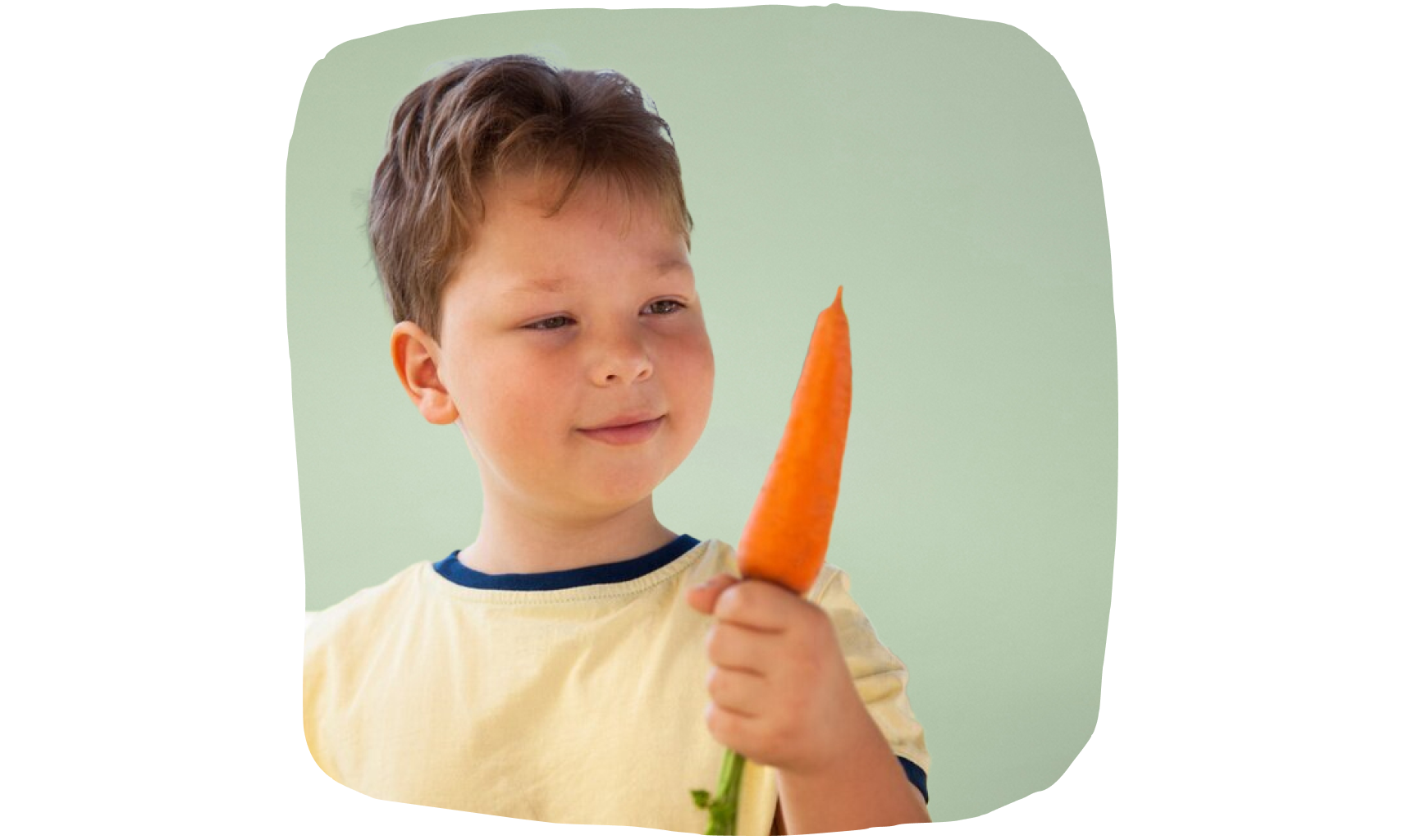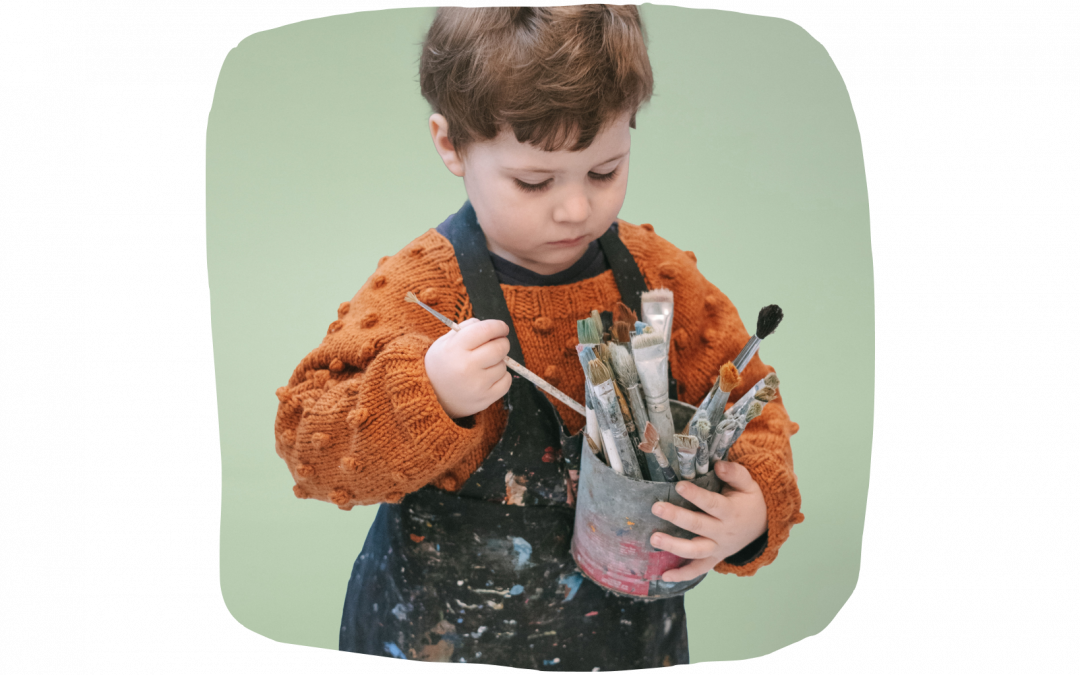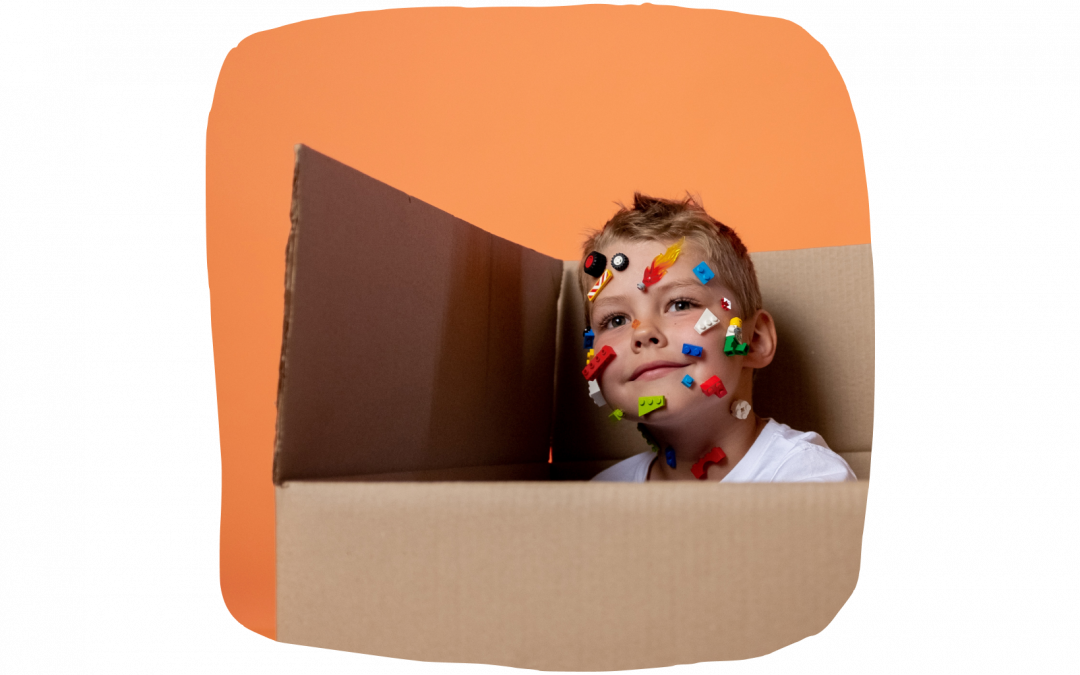Teaching kids about food waste is an important way to get them to think critically about the environment. But it’s also a great way to get them to view food in a different light, leading the next generation of eaters to be more mindful of their food and how they treat it. Here are some ways we teach our kids about food waste!
Talk About Food
Food is not just something we eat when we’re hungry, but something that comes from the earth and takes time, energy and money to grow. Explain in simple terms why food waste is a problem and how it affects the environment, society and individuals. You can use statistics to educate them on how much food is wasted in your country or around the world.
If you have access to fresh produce from a farm or community garden near you, encourage them to participate in harvesting fruits and vegetables so that they know where their food comes from – this way they’ll also learn about seasonality!
Plan Your Meals
Take action against food waste. If you’re at home, share with your children what you do to reduce food waste, like planning meals in advance so there are leftovers for later or buying only what you need for a recipe rather than making more than needed. This is a great way to encourage children to be more efficient with their resources and use up everything they buy before it goes bad. It also helps them learn portion control.
Helping Your Kids Accept Less Appealing Foods
You can make a taste test to show your kids that healthy good looking foods and their deformed counterparts have similar tastes. Use one straight carrot and one crooked carrot. Blindfold your kids, or ask them not to peek at the food, then have them guess which is which. Have them try the two vegetables to see if it matters which one they eat. Then turn the vegetables into a recipe for dinner!
Repurpose Your Scraps
- Scrap growing is a fun activity for teaching your kids about the importance of sustainability and reducing waste. Simply plant the base of lettuce, celery, or green onions in a jar with water and watch the sprout appear in just a few days. Another simple project involves planting lemon seeds, raspberry seeds, or strawberry seeds in wet soil. You can also plant a clove of garlic or the base of an onion in wet soil. These projects are easy to do and can be put together using items that are found in kitchen! With this method, not only will you reduce the amount of food waste going into landfills—you’ll also grow delicious new vegetables for dinner!
- You can get creative with food ideas. For example, turning carrot peels into carrot powder, or banana peels into banana flour.
- You can also use scraps to make tea, or turn them into laundry soap! Just think of all the ways you can use any leftover food!
Start a Compost
If you have a garden, composting is a great way to turn food waste into useful soil. You can start by putting food scraps in a separate container, like a small caddy bin. You can ask your child to take the container out to the backyard and put it in the compost bin when they’re done with dinner. It also helps cut down on the amount of waste you send to landfills, which is good for the environment.
Use your compost to fertilise plants in your garden. Composting is good for gardens because it gives plants just what they need to grow faster and produce more food. You can also mulch plants with compost or other items like straw or sawdust that add nutrients back into the soil and preventing weeds from growing over them.
Hopefully, this article has given you some insight into what food waste is and how it can be prevented. We’ve also discussed how the problem of food waste can be addressed through education and teaching children about its effects. By raising awareness about where our food comes from, we can encourage kids to think more carefully about their consumption habits—and make smarter choices in the future.







0 Comments